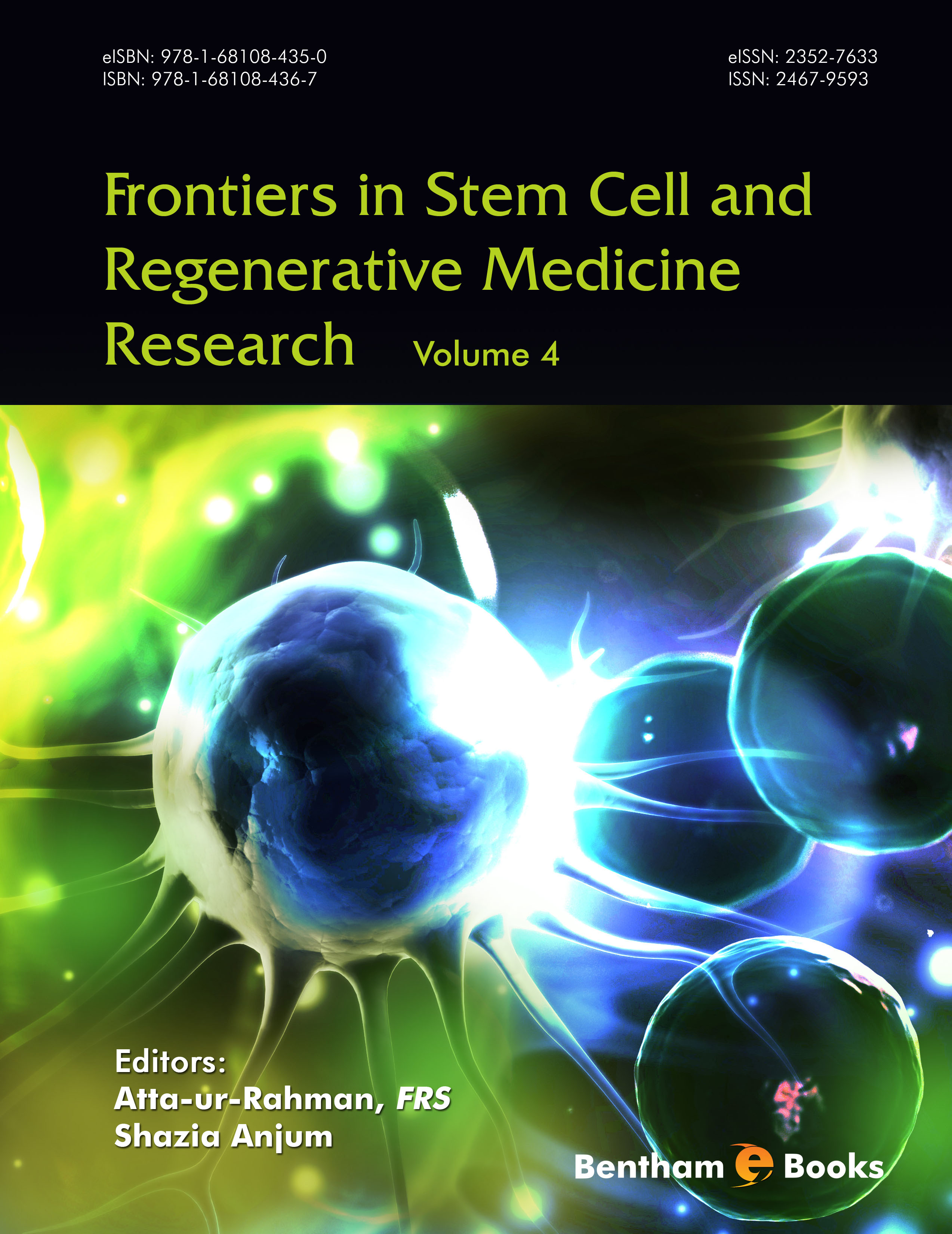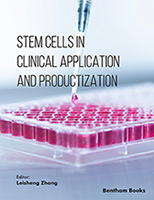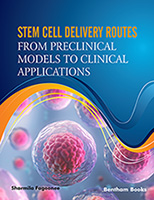Preface
There continues to be tremendous progress in the field of stem cell and regenerative medicine research. The developments promise to change the face of medicine. This
4th volume of ‘Frontiers in Stem Cell and Regenerative Medicine Research’ should be of considerable interest to the readers as it presents state-of-the art reviews written
by renowned experts in this fast moving field.
Ilham Saleh Abduljadayel presented a comprehensive review in chapter 1 on epimorphic regeneration and retrodifferentiation. Both processes have the capacity to recreate
and reconstruct tissue with precise positional integration of cells in such a way that will enable healing without scars. In chapter 2 Fraser et al. extensively reviewed
the unique genetic programmes that lead to mesendoderm formation and the pathways leading to mesoderm and endoderm specification. They also present examples where mature
cell types from both germ layers interact to support their mutual development. These programmes are being employed to direct the differentiation of pluripotent cells
in vitro into mesendoderm derived cells and tissues. Fraser et al. also reviewed the role of stem, progenitor and supportive cells within the hematopoietic tissues as
essential elements of regenerative medicine in chapter 3.
Cell-based therapy is an emerging field in veterinary medicine that has been used for developing new therapies for degenerative diseases. In chapter 4 Izadyar
et al. described different cell based therapies, their risks and benefits and their possible therapeutic use for veterinary medical applications. Mesenchymal
stem cells (MSCs) are the most favored cellular candidates for regenerative therapeutics. Bhat et al. discussed how MSCs contribute to therapeutic efficiency include
facilitating secretion of bioactive factors, induction of cellular recruitment and retention of progenitor faculties in the last chapter.
Knowledge of stem cell and regenerative medicine research continues to move ahead on many fronts. We hope that the readers will enjoy reading about the latest and
stimulating development in this hot area in the 4th volume of this series.
We are pleased to place on record our heartfelt thanks to all the authors for their contributions. We are also grateful to the editorial staff of Bentham Science
Publishers, particularly Dr. Faryal Sami, Mr. Shehzad Naqvi and Mr. Mahmood Alam for their constant support and great help.
Prof. Atta-ur-Rahman, FRS
Honorary Life Fellow
Kings College
University of Cambridge
Cambridge
UK
&
Dr. Shazia Anjum
Department of Chemistry
The Islamia University of Bahawalpur
Pakistan





